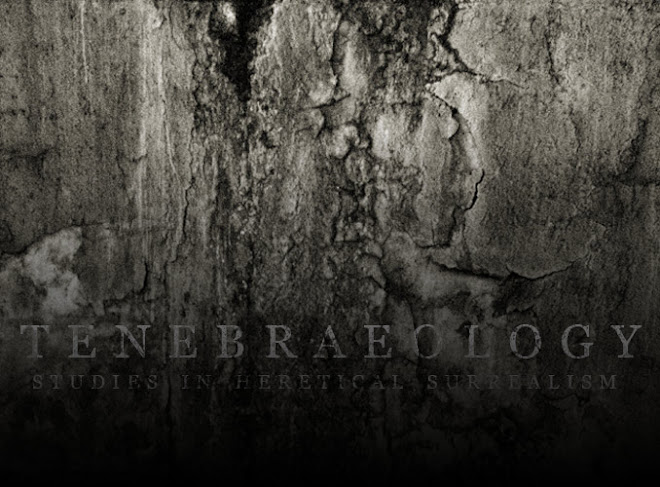For example: In an unlit room, darkness opens infinite possibilities. As long as the contents of that darkness remain unknown, they are a chaos of ambivalence. The concept of infinite possibilities is derived from realities that, like this one, introduce uncertainties, all of which can be taken to theoretical or hypothetical extremes.
In another context, infinite possibilities become apparent through a simple analysis of light. The number of steps between red and the slightest touch of yellow is infinite; therefore, the range of these imperceptibly different colors is illustrative of infinite possibilities – within the finite.
The symbol known as an inverted pentagram, shown below, exalts physical reality, embodied in the four elements of fire, air, earth, and water. These are placed above a single point, representative of "spirit", mind, or will. This pentagram may thus symbolize the supremacy of the material universe, whose laws govern intangibles and abstractions, which are just another point in an inextricably connected physical reality.
"Transcendence" begins and ends with material fact, which provides unknowns that fuel the imagination. The universe and its possibilities are contained entirely within matter, energy, and the ideas derived from them.


No comments:
Post a Comment